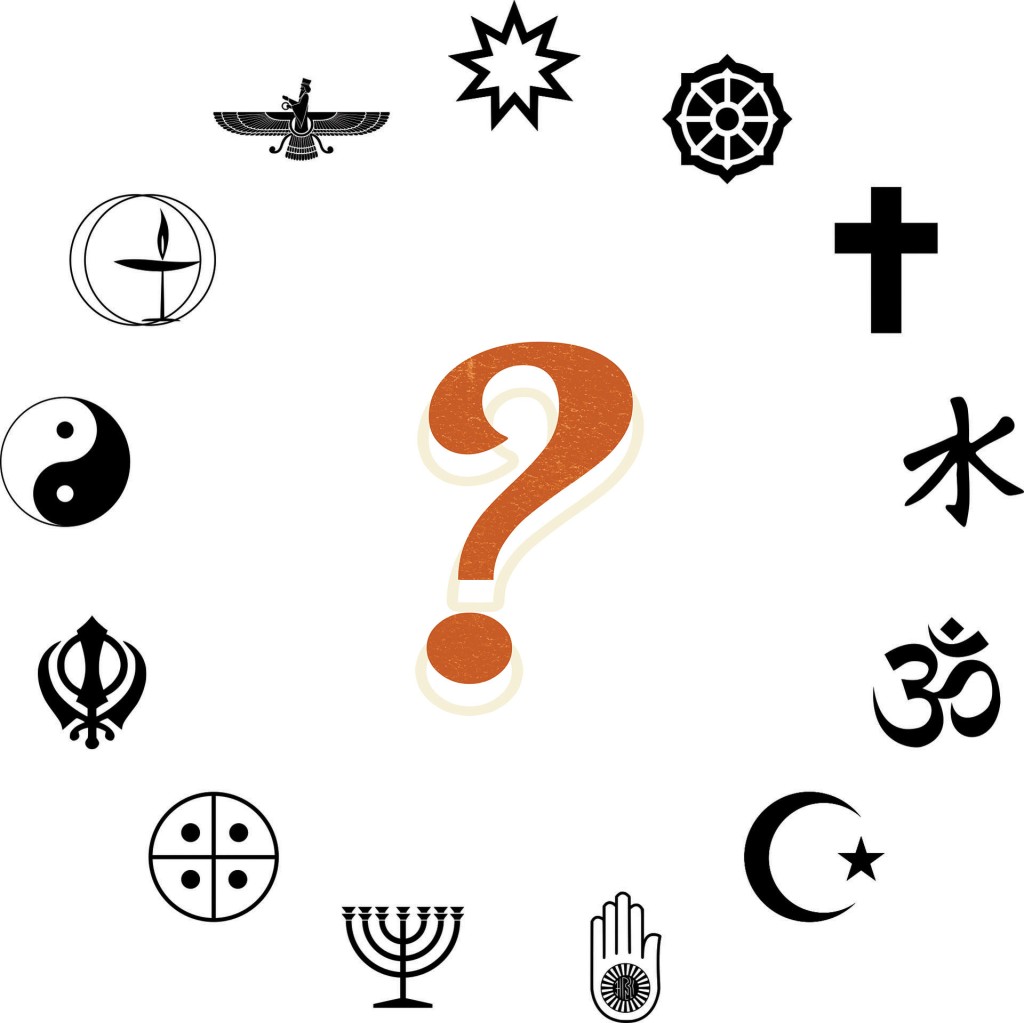You have free articles remaining this month.
Subscribe to the RP Witness for full access to new articles and the complete archives.
The ark of the covenant was brought into the temple of Dagon, and the false god fell prostrate in its presence (1 Sam. 5). Dagon, a chief god of the Philistines, repeatedly took on the posture of worship before the God of the Bible.
Baal was called upon by 450 prophets to show up and prove himself to be divine. Calling, crying, and cutting themselves, the prophets found Baal to be silent. Maybe he’s entertaining himself? Maybe he’s in the bathroom? Elijah mocked the false prophets and Baal remained silent.
Are there more gods than one? Baal and Dagon are silent. The psalmist contrasts the God of the Bible with the gods of the nations when he cries out:
But our God is in heaven; He does whatever He pleases. Their idols are silver and gold, the work of men’s hands. They have mouths, but they do not speak; eyes they have, but they do not see; they have ears, but they do not hear; noses they have, but they do not smell; they have hands, but they do not handle; feet they have, but they do not walk; nor do they mutter through their throat. Those who make them are like them; so is everyone who trusts in them. (Ps. 115:3–8)
The psalmist shows that the gods of the nations—the false gods all around us—are nothing. They cannot speak, cannot see, cannot hear, cannot smell, cannot touch, cannot walk, cannot even utter a sound. And those who make them and worship them become like them: dumb, blind, senseless, immobile, and mute.
Are there more Gods than one? The Bible answers the question with a great shema; a Hebrew word telling you to listen up! Shema Israel Jehovah Eloheinu Jehovah Eḥad! Hear! O Israel! The Lord is our God is one Lord (Deut. 6:4)!
The Westminster Larger Catechism answers the question, saying, “There is but one only, the living and true God” (WLC 8). Here the catechism unfolds further truth concerning God’s unity and simplicity. All of the attributes used to answer the question “What is God?” (WLC 7) are not isolated characteristics of God; instead, He is undivided from His attributes. And when we consider the next question (WLC 9), we must look at unity in Trinity, rather than disunity.
How many persons are there in the Godhead? The Larger Catechism says, “There be three persons…and these three are one true, eternal God” (WLC 9). God is united. The Athanasian Creed, a 5th Century ecumenical creed, begins:
“Whosoever will be saved, before all things it is necessary that he hold the Catholic Faith. Which Faith except everyone do keep whole and undefiled, without doubt he shall perish everlastingly. And the Catholic Faith is this: That we worship one God in Trinity, and Trinity in Unity, neither confounding the Persons, nor dividing the Substance.”
God is unity. We worship one God, in unity. We do not confound or divide. This is heavy theology, for sure, but this is our God and He is one.
After “there is but one only” (WLC 8), the catechism uses the phrase, “the living and true God.” The God that you and I worship is alive and true, never false. This ought to give the reader of the catechism great hope as well as peace of mind. The Larger Catechism—and the whole of the Westminster tradition—is rooted in historical Christian thought and practice. The catechism is not attempting to create a new vision of God, but to call worshipers back to the Scriptures to see a united, simple, undivided, living, and true God.
Are there more Gods than one? Answer: There is but one only, the living and true God. May the united, living, and true One be praised!
